Recreating chorus whistling emissions could help better understand the aurora
The space weather phenomenon known as chorus whistling emissions has been discovered in a laboratory for the first time. These emissions occur naturally in regions of space and are associated with auroras. Researchers at Japan's National Institute of Fusion Research hope to better understand chorus radiation and how it affects orbiting satellites and terrestrial power and communications networks.

Chorus emissions in whistling mode are intense coherent waves that generate and transport high-energy electrons through planetary magnetospheres. They get their name because their frequencies change repeatedly in a way that reminded early explorers of birdsong. These plasma waves have been observed in Jupiter's magnetosphere and in the region influenced by Earth's magnetic field, but never before under controlled laboratory conditions.
The first task for team leaders Haruhiko Saito and Zensho Yoshida was to create a magnetic field that adequately simulated the magnetosphere. The most fundamental type is the dipole field, and at the Ring Trap 1 (RT-1) facility at the University of Tokyo, this type of field is commonly used to stabilize plasma in advanced fusion experiments.
Saito and his colleagues created a field using a 110 kg magnetic levitation superconducting coil located inside the RT-1 vacuum vessel. By filling it with hydrogen gas, they created a high-quality hydrogen plasma containing electrons heated to high temperatures.
“Creating a magnetosphere-like environment in the laboratory was not easy,” Saito tells Physics World, “but RT-1 is able to achieve this thanks to a levitating superconducting coil in a vacuum chamber.”
The researchers found that the plasma spontaneously emits a chorus of whistling waves whenever it contains a significant proportion of high-temperature electrons responsible for plasma pressure. The team confirmed that increasing their number leads to the generation of chorus radiation.
The researchers say this result supports the theory that chorus radiation is a universal phenomenon in plasmas containing high-temperature electrons in a simple dipole magnetic field. This type of plasma is common in geospace, which the team defines as “the space around the Earth that is particularly closely related to human activity.” They note that as such activity intensifies, studying magnetospheric disturbances that can cause auroras, as well as power and communications disruptions, becomes increasingly important.

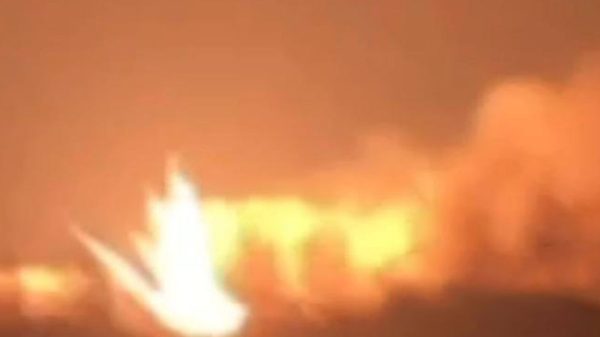
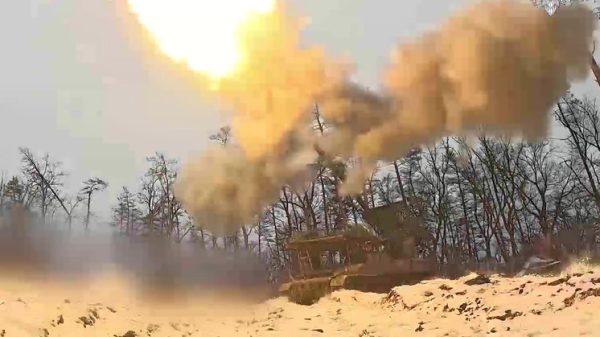

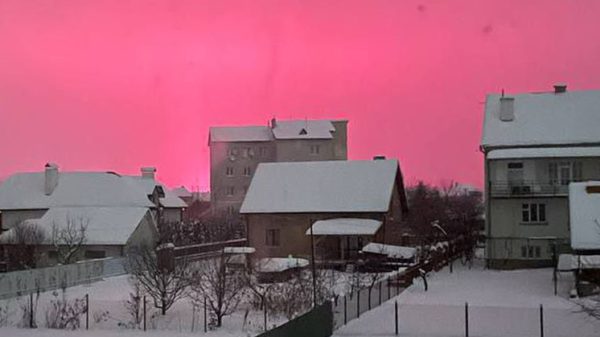



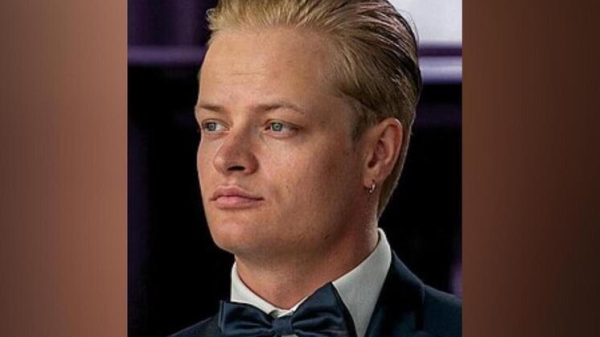
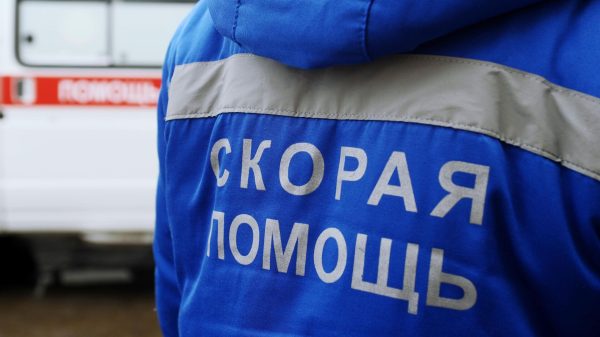




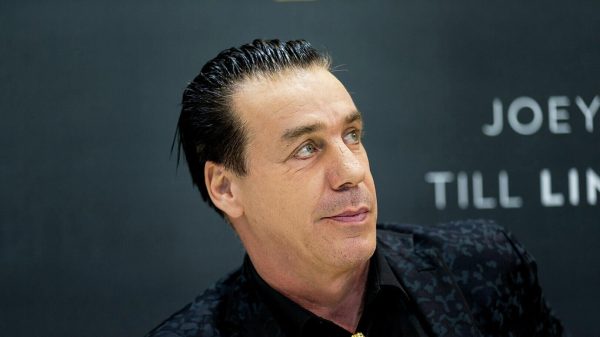



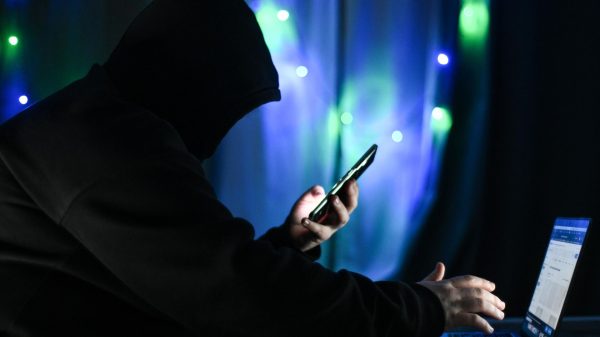
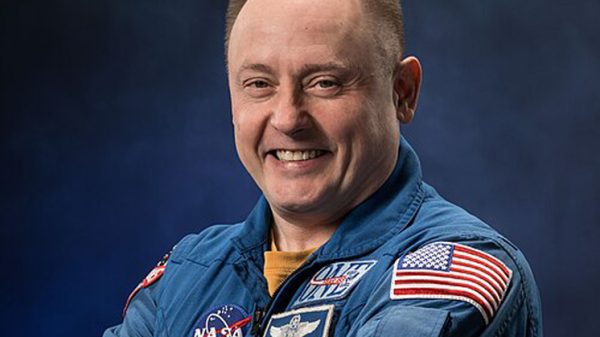














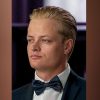


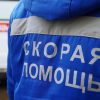
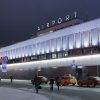
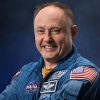










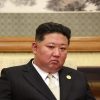

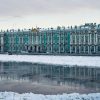




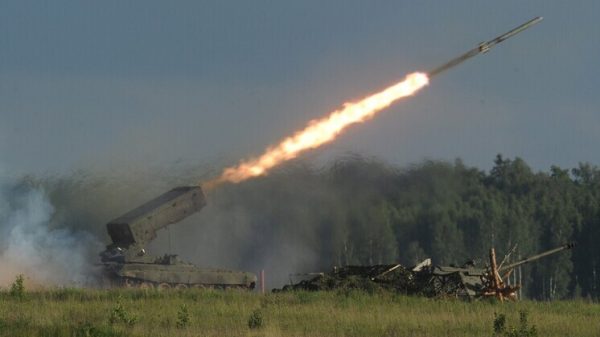
Свежие комментарии